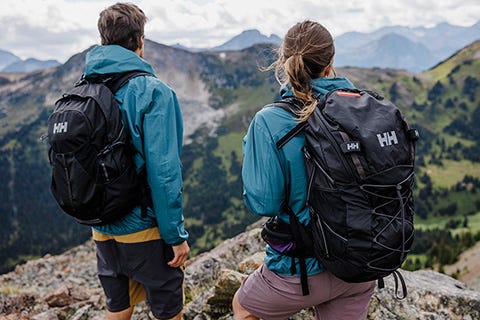
Local Storage seems to be disabled in your browser.
For the best experience on our site, be sure to turn on Local Storage in your browser.
Local Storage seems to be disabled in your browser.
For the best experience on our site, be sure to turn on Local Storage in your browser.
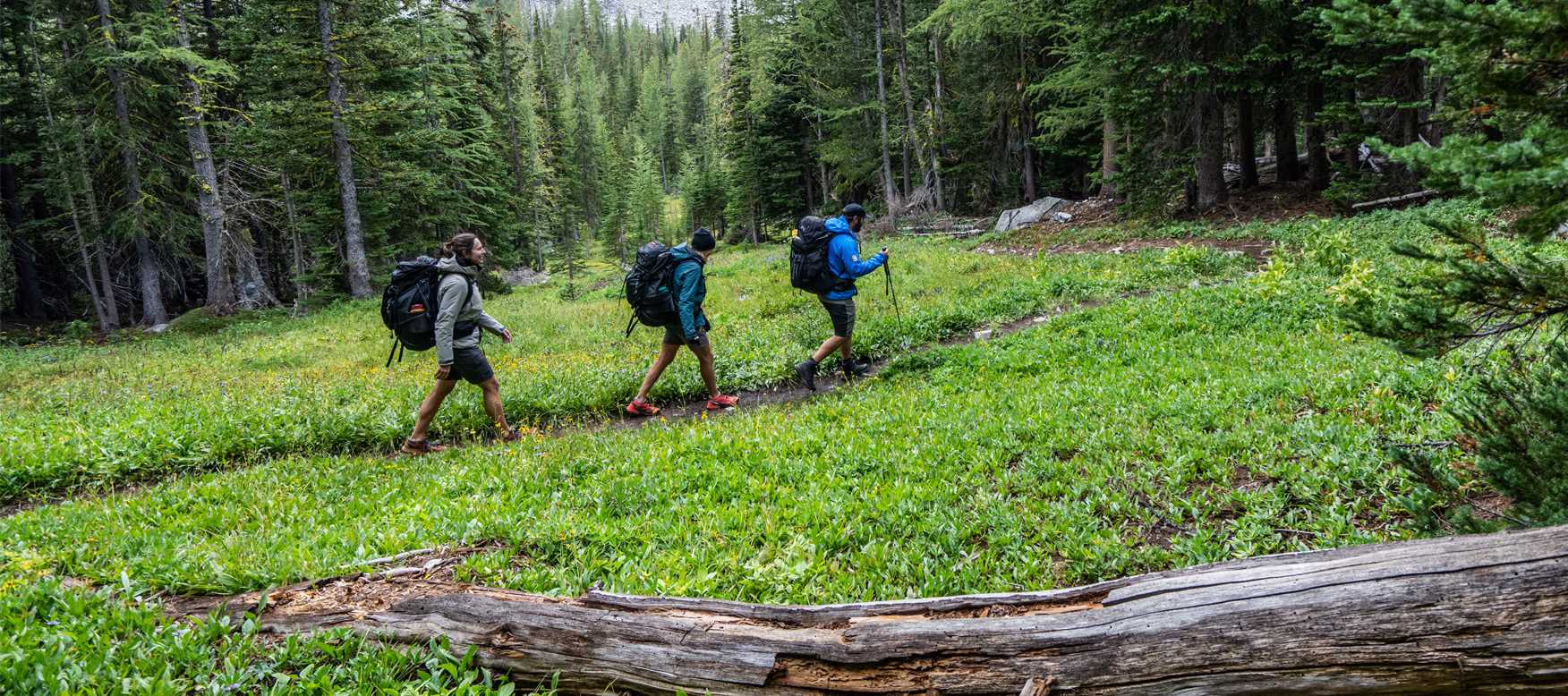
Packing list for the classic day hike
April 01, 2022
Update: February 20, 2024
5 min read
"Being comfortable and safe is a great foundation for soaking up all the wonderful sights that mother nature has to offer."
Day hiking is a staple for outdoor lovers and the most common method to explore the great outdoors. In this guide outdoor explorer, Nate Brown shares his top 8 essential items to pack when embarking on a day hike, whether it’s along the coast or up in the mountains.
Despite day hiking not having such a "hardcore" reputation compared to other types of outdoor adventures, it's still important to pack the right gear. Every year we read about hikers who get lost, dehydrated or injured while out on the trail. With the right preparation, we can be better prepared to deal with unforeseen challenges.
This may seem a bit assumed, but a good day starts with having a good pack. Here are the key features that I look for in a good backpack:
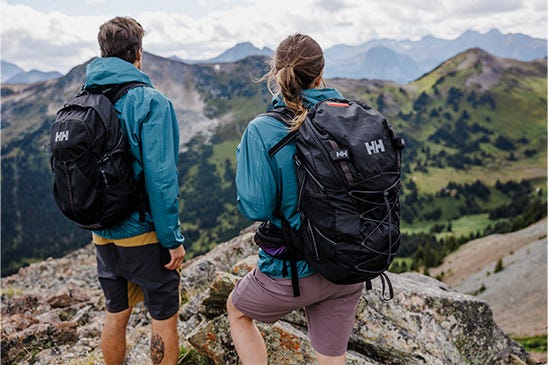
A perfect volume for day hiking is a backpack in the 30-40 liter range. This size is small enough to be lightweight while still being able to store everything needed for a day spent outdoors.
Depending on the trail, I carry anywhere between 1-3 liters of water. And I always have a water filter, so if I run out (or want to sip some amazingly ice-cold glacial melt!) I'm able to get hold of more.
In terms of food, I take anything from the standard energy bars, to a sandwich, to a whole buffet picnic. I’ve been known to pack an entire pizza wrapped in foil, so this is an area I don’t skimp on!
But whatever I pack, I always bring more than I anticipate in case:
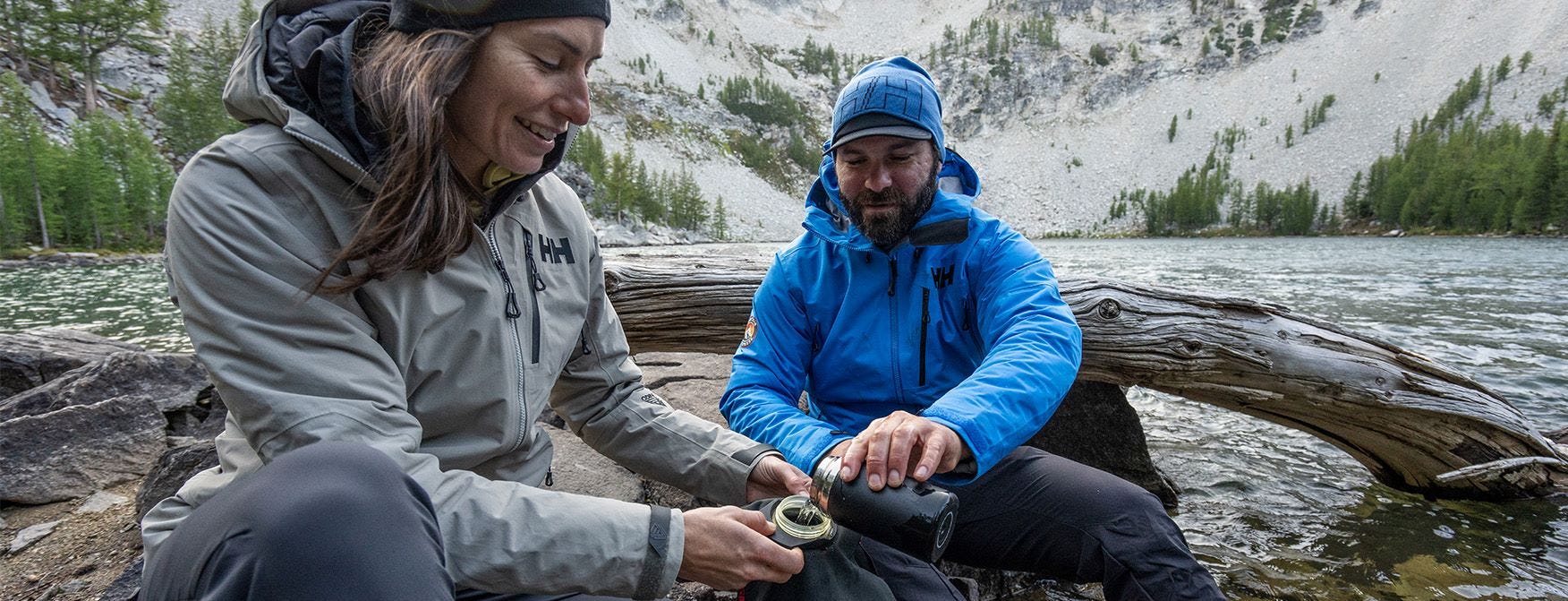
Nothing kills a good day hike like bad apparel choices. In spring and early summer, my apparel needs to adapt to the wide range of conditions. I can experience anything from super cold mornings, to hot sunny afternoons, to storms that quickly pass, and even patches of snow. Be prepared for unpredictable weather!

I prefer to wear pants for their warmth and protection from bushes, shrubs, bugs, and the sun. Other features I look for are “stretch & give” (for those times when you leap across a stream), and a hook at the bottom of the leg (to act as a gaiter if I encounter any snow).
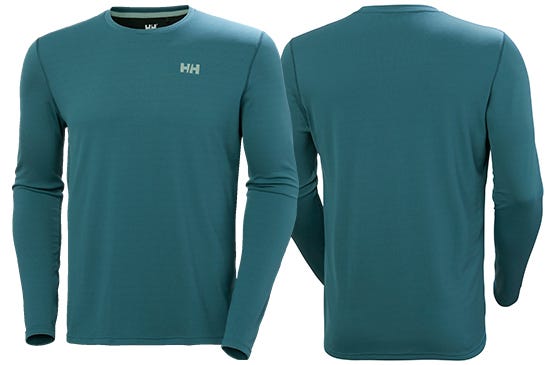
I prefer a lightweight moisture-wicking long sleeve shirt; something like the Lifa Active Solen Long Sleeve, which checks those boxes while also adding UPF 50+ sun protection!
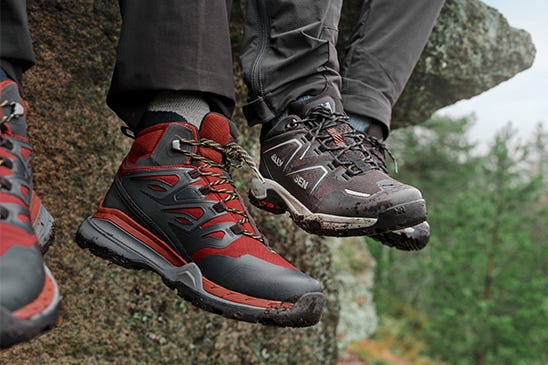
My footwear tends to vary; I wear anything from a traditional hiking boot to something more like a trail runner. Typically, for day hikes, I choose something lightweight and comfortable.
In addition to all the usual first aid stuff for cuts, bumps, and bruises, I've customized my first aid kit over time. And I try not to leave my gear "repair kit" behind either. Here's what I include in both:
*Make sure you check the expiration dates on the things you use because some first aid items do expire!
Regardless of what the weather forecast says, I always carry additional clothing in my backpack.
This can vary from season to season, but in the spring and summer months, this consists of:
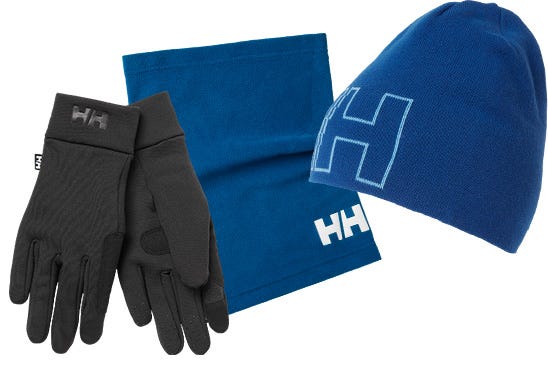
Accessories like a pair of gloves, neck gaiter and beanie are easily overlooked , but can make a big difference even in the warmer months.
I carry an emergency SOS beacon and satellite messenger with me on all hikes, called the Garmin InReach Mini. This little device sends out a digital breadcrumb every 30 minutes that marks where I’ve been. My loved ones back home can check my location in real-time. I can also send and receive text messages, and if something bad happens, I can even trigger an SOS that goes out to local first responders. I pay a small monthly service charge (like any other phone service), but the peace of mind it gives me and my loved ones is really important to me.
I don't mind carrying a heavier pack if it means getting some great photos. There are so many camera options out there. I recommend a camera with a crop sensor (instead of full-frame) and an 18–135mm lens.
Editor's note: check out these top 5 tips for adventure photography by photographer, Michael Overbeck.
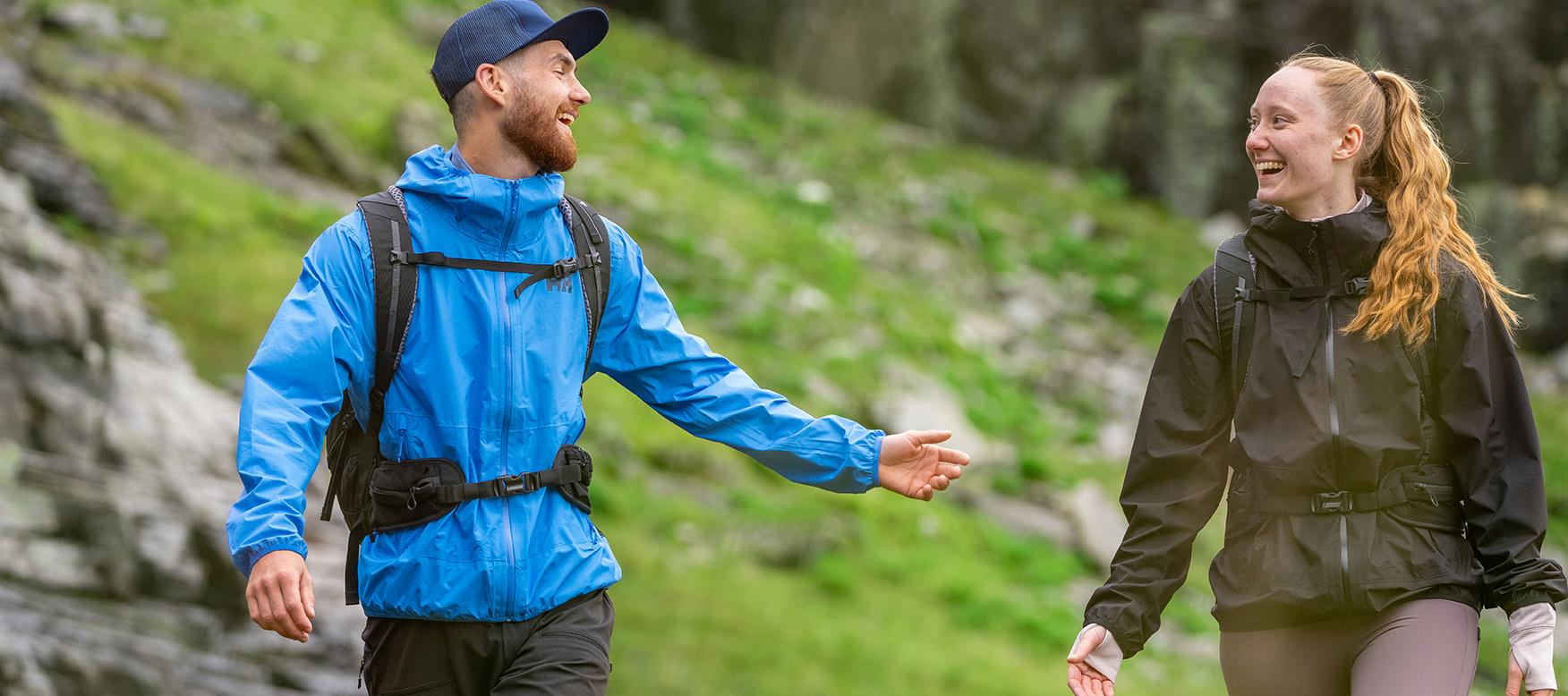
With the right preparation and gear, we can be better prepared for unforeseen challenges and really enjoy the experience.
Nate Brown is an alpine adventure photographer based out of Bellingham, Washington. He regularly climbs peaks across the Pacific Northweat and loves capturing the natural beauty of the alpine and the people who love to be there.
You can keep up with Nate in the following places:

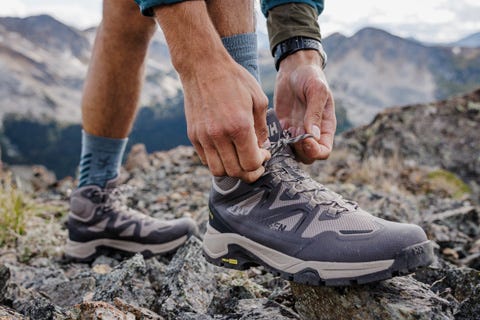
May 15, 2024 3 min read
The best hiking shoes or boots should be comfortable to wear. Follow our expert tips to learn how to choose the right hiking footwear for you.
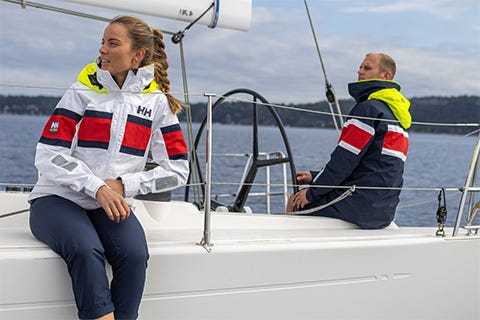
April 30, 2024 3 min read
To dress for coastal sailing, you want to be protected against the wind and spray from the waves, and also the sun. In this guide, we share some top tips for layering from professional sailors, Kayleen VanderRee and Pip Hare.